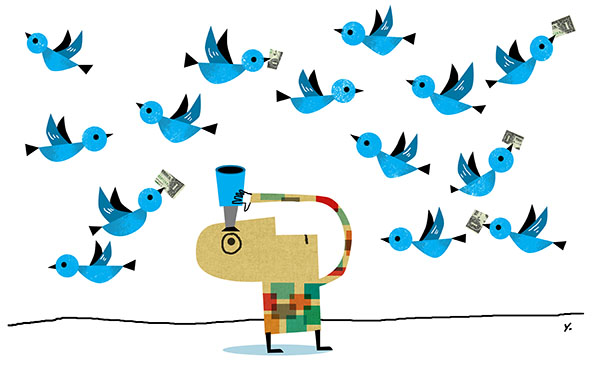What Happened
As part of the launch for its upcoming NYT VR app, The New York Times plans to send out 1 million Google Cardboards – an affordable virtual reality headset that works with both iOS and Android devices – to its print subscribers. The publisher has teamed up with VR content company VRSE to create a brand new VR documentary titled “The Displaced,” which lets viewers experience the lives of three homeless refugee children, to accompany the debut of its branded VR content app next month.
What Brands Need To Do
Just last week, InStyle magazine debuted their first VR-enhanced issue. While The New York Times isn’t the first publisher to create original VR content, it will be the first publisher to deliver VR experiences to its audience at a large scale. With the $99 Samsung Gear VR coming this Christmas and Facebook’s Oculus shipping its first consumer-facing headset in Q1 2016, next year is poised to be a monumental year for virtual reality. But as a nascent medium, VR development still suffers from a lack of quality content. Now with a media institution as influential as The New York Times officially entering the VR content market, it is time for brands to team up with media owners and content creators to explore the possibility of engaging their audience with VR content.
Source: UploadVR


